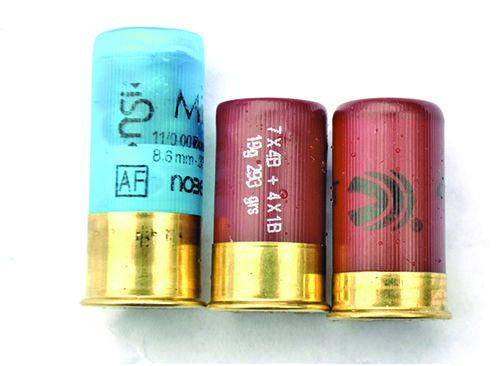Almost forgot to answer your question. The bushing is the ring or threaded protector that goes on threaded connector after the lock ring to protect the wire from abrasion. Often plastic but can be found in metal with a plastic liner and ground connector. But the simple plastic ones will suffice. Look at the picture of the panel I posted and note where the feeders enter the panel. The gray bushing is what you need on yours. Required for 4 AWG and aboveDon't follow on the "bushings", please elaborate.
I've found same data you posted.
What I have not found is "X amps at Y size for Z distance." Chart. I can easily find it for 12V systems.
I put in a 200A 240V 1ph panel.
I'm looking at ~90' 100' tops of run length between service panel and meter junction box.
I have a hard time believing a 200A system uses same size cable on a 100' run as a 1000' run without degradation of voltage at the end.
That said, general info I found, a 2/0 aluminum stranded cable is "rated" 100-115A is the generally accepted limit. That's assuming my stuff it's 2/0.
Measuring some diameter, with sheathing the service cable floats around ~0.530"
Stripped of the PVC sheathing off, the aluminum strands bundle measurement 0.360-0.365"
Those measurements seam to be bigger than advertised 2/0 aluminum cables but smaller than 3/0 aluminum stranded that's currently available.
3/0 aluminum seams to be rated at 150-175A pending direct buried or conduit.
Rough gues, this stuff was installed late 70s early 80s, I'm sure standards have changed a few times
Edit rough.google search I can run 3-3/0 in a 1.5 sch 40 conduit, though I'm sure I'll have to work at it.
As for your aluminum conductor gauge. Older stuff was slightly larger in diameter because the where simple round strands bundled together. Modern stuff us compressed together to reduce the space between the strands. This allows packing the same amount of aluminum strands in a smaller space. Take a look at the shape of each strand and you'll see it's no longer round. So the one that is slightly smaller in diameter to your existing feeder is likely the same gauge














